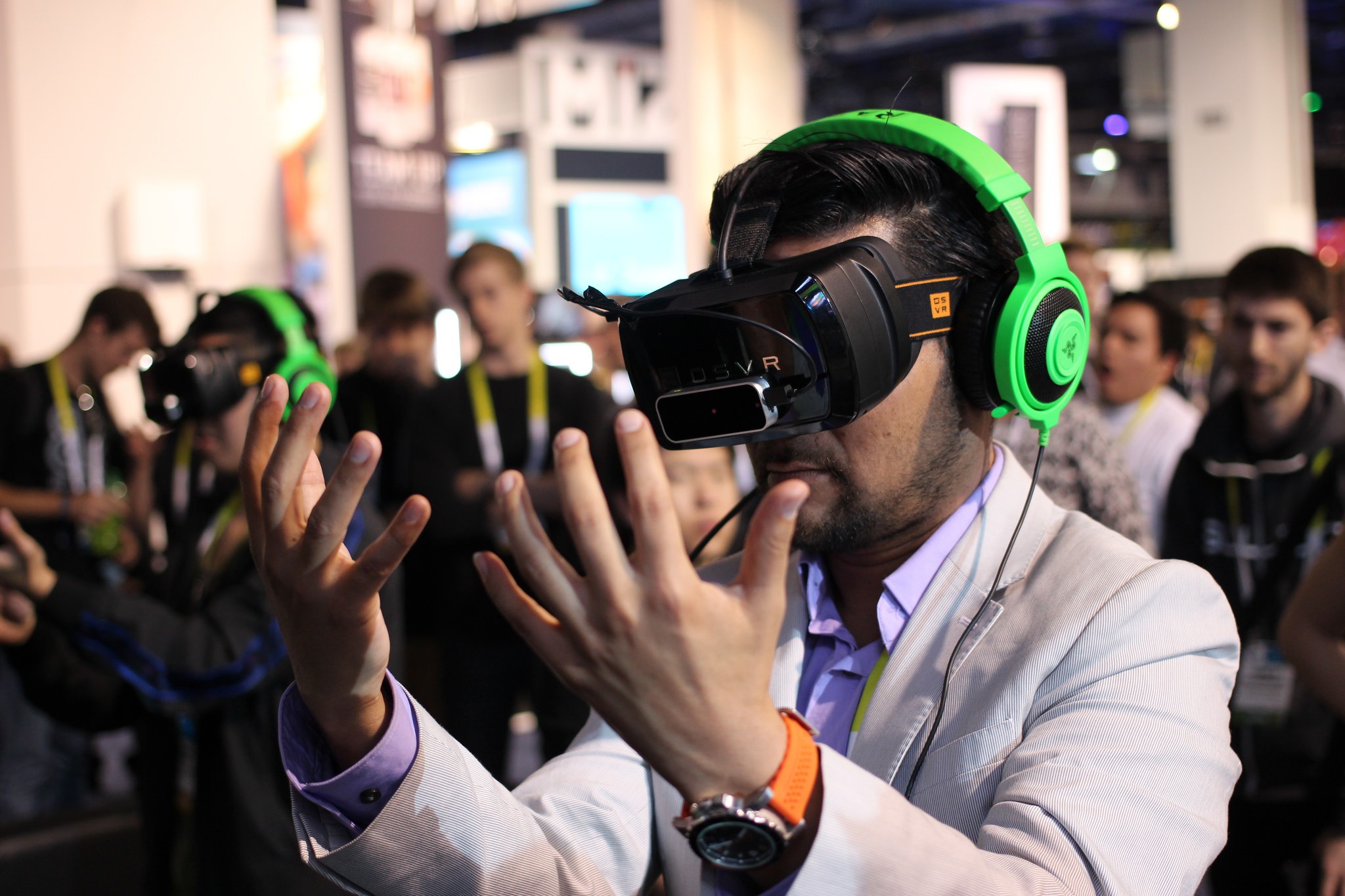As our first digital foray into 2017, we speak with HBT Agency‘s Digital Director Luke Kelly to dissect why brands need to consider augmented reality, and how brands will try and add value in a virtual world.
Augmented reality provides an experience impossible for a competitor to recreate. The technology gives people access to brands, products and experiences in a completely new light. Ultimately, it can help consumers make a mental shift between perceiving a brand as a stand alone product and considering it as an engaging experience which adds value to their lives.
When a brand provides an experience that others can’t and allows people to curate their own experiences, it is so much more memorable and impactful than one that doesn’t.
VR, AR, AI – it all sounds similar. What can AR provide that the others can’t?
Augmented reality (AR) layers computer-generated enhancements over a user’s real-world view to provide an illusion. Virtual Reality creates a completely new world which you can view via a headset. VR essentially transports people to a completely new world.
AR is a lot more cost effective than many brands think. What it provides is an opportunity for brands to engage audiences in ways that are engaging and shareable.
What industries are most likely to benefit from AR and why?
AR is perfectly suited to tourism, entertainment, sport and fashion brands – they tend to have so much rich content which can be amplified through the technology.
Consumers have so many options available to them and the brands who can help them imagine how a product or experience would add value to their lives will be the ones that ultimately succeed. Imagine for example, walking into a shop and virtually trying on a top for a friend and sending them the photo? Or, if going to an event, you could use AI to add an experience exclusive to those who attended? The possibilities really are endless.
We’re all looking for escapism – not products. The brands who put the customer experience first will be the ones that people remember.
If a brand manager was reading this and they’re under pressure to deliver marketing strategies for a wide range of products, how would AR fit into the mix?
The role of marketers is to help consumers fall in love with a brand – not just the experiences. If your customers are having an ‘experience’, they’ll be more likely to see how your brand fits in with their life and ultimately impacts their decisions about what to buy and in what setting.
Augmented reality is much like a ‘gateway’ pass to those who mightn’t ordinarily consider your brand. I suppose you could look at it like the icing on the cake.The cake has to taste good – but the icing is what makes it sweet.
Do you think you have to be an ‘early adopter’ as either a brand or consumer to take upon these technologies or will it be hitting our homes sooner than we think?
It’s surprised me how long it’s taken for Australian brands to embrace the technology as it’s had proven success internationally. All it will take is one bold brand to lead the way, and the rest will follow. The brand who invests first becomes the leader.
Luke Kelly is the Digital Director at HBT Agency.
Image via Flickr.


